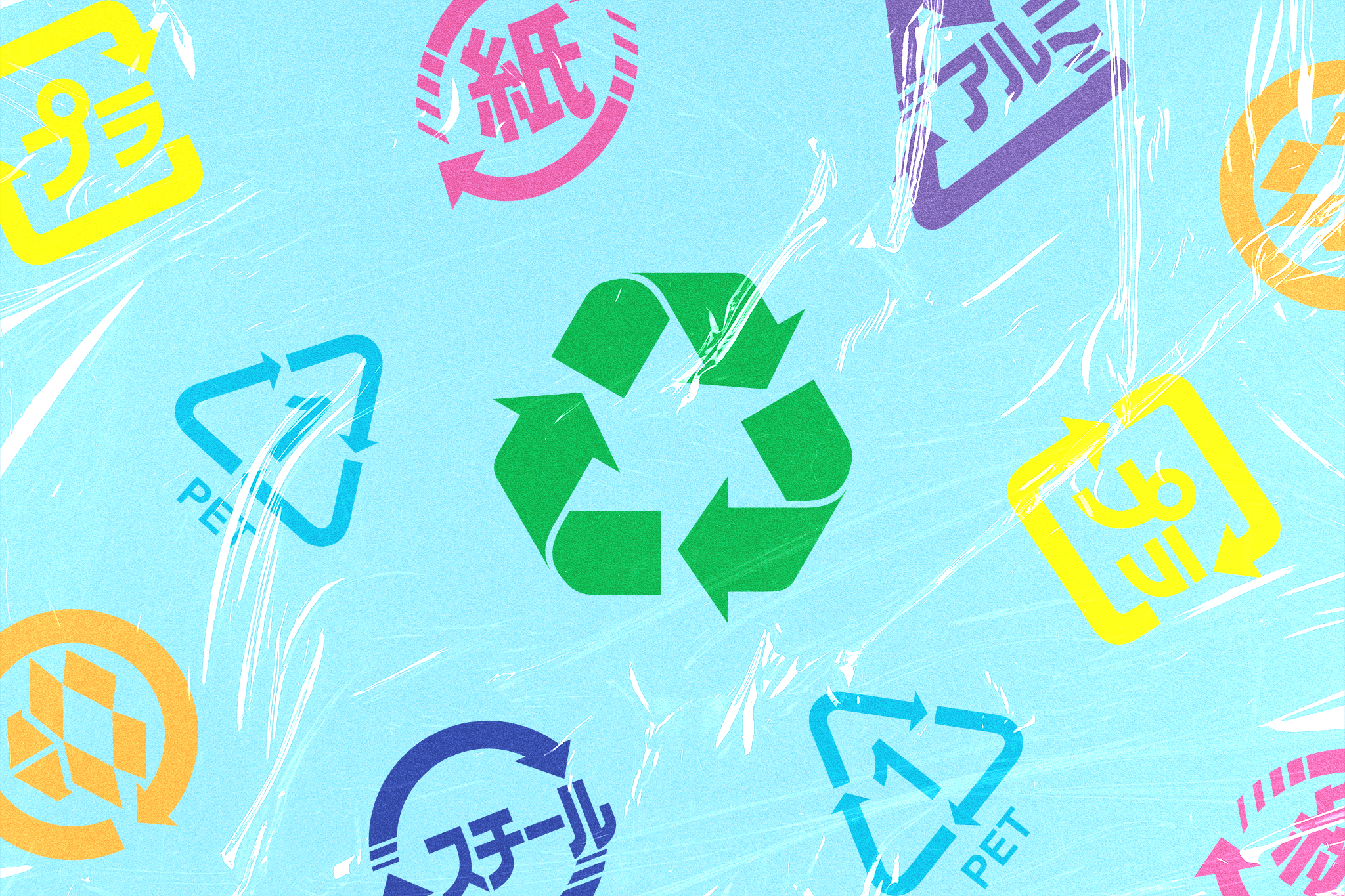At Japanese convenience stores there are three recycling bins, if not more. On train platforms, you’ll find a recycling box, with one hole for plastic bottles and one for cans. Every weekday, a different type of garbage is collected. It is safe to say that Japan loves recycling. But all is not as it seems.
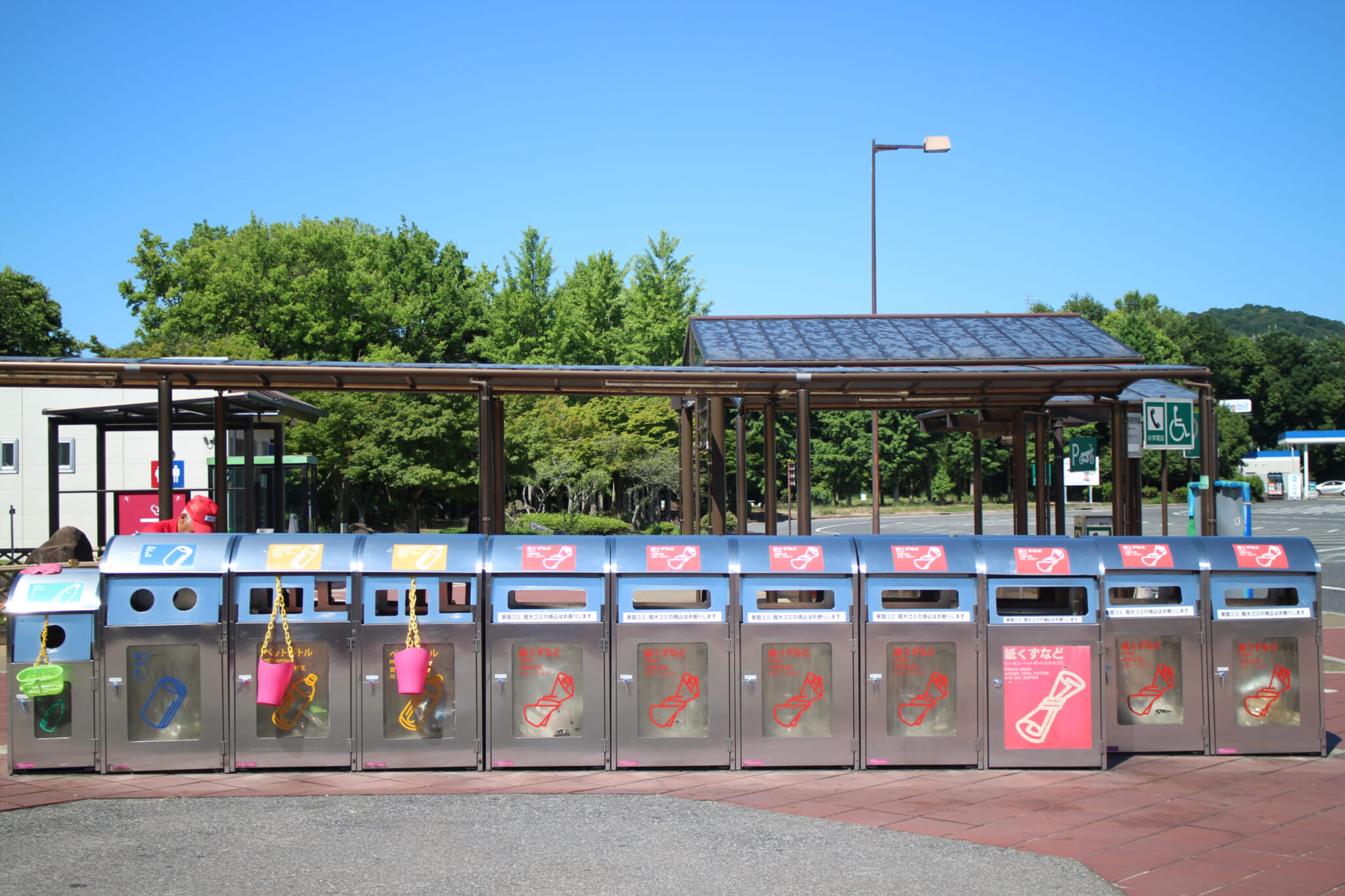
Photo by Windyboy via Shutterstock.com
Bins, Bins, Bins: How to Recycle in Japan
Before we get into the inner workings of Japanese recycling, a quick guide.
Out and about
For anyone arriving in Japan, the notable number of recycling bins can be overwhelming. However, once you get the hang of it, it’s quite simple. For PET bottles, it’s a round hole. For cans, it’s a smaller round one. And for plastics, the bin has a picture of fire crossed out.
Plastics are referred to as moenai gomi (non-burnable garbage). This includes things like food trays and plastic straws. The other items, such as bits of food and wooden chopsticks go into moeru gomi (burnable garbage).
At Home
For anyone recycling at home, bottle tops, cardboard and batteries also go out separately.
At the Supermarket
Anyone who wants to make a trip to the supermarket will also be able to recycle polystyrene food trays and milk cartons.
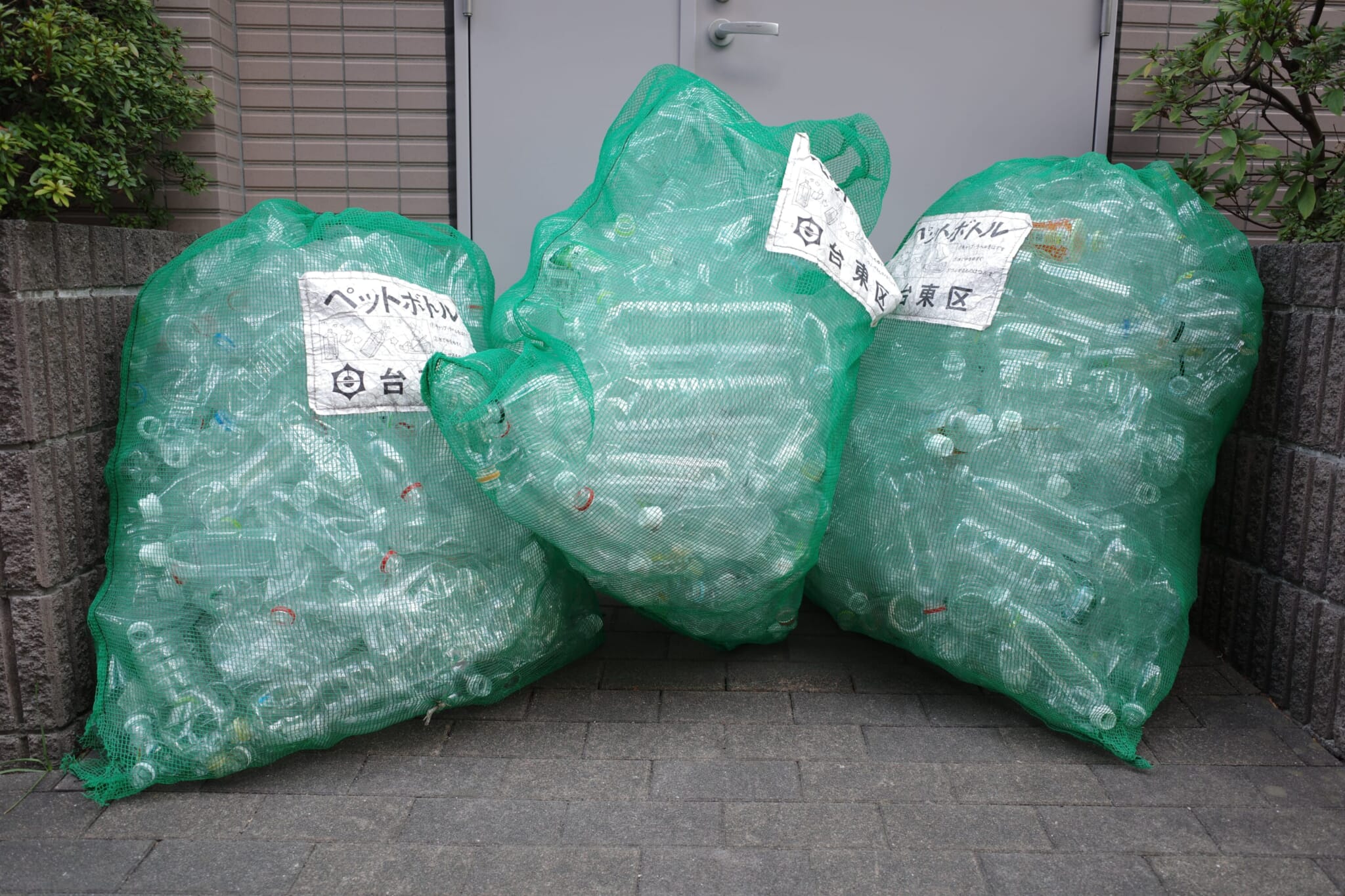
Photo by Image_vulture via Shutterstock.com
Low Recycling Rates
Contrary to what you may expect, Japan actually has a low recycling rate, with the exception of plastic bottles. Around 85% of all plastic bottles are recycled, with the aim of reaching 100% by 2030. Japan is the top country for recycling plastic bottles in the world.
Aside from plastic bottles, however, recycling rates for other entities, including glass and paper, are down. This graph shows that apart from polyethylene terephthalate (PET), everything else is being recycled less. In 2020, the total recycling rate stood at a mere 20%.
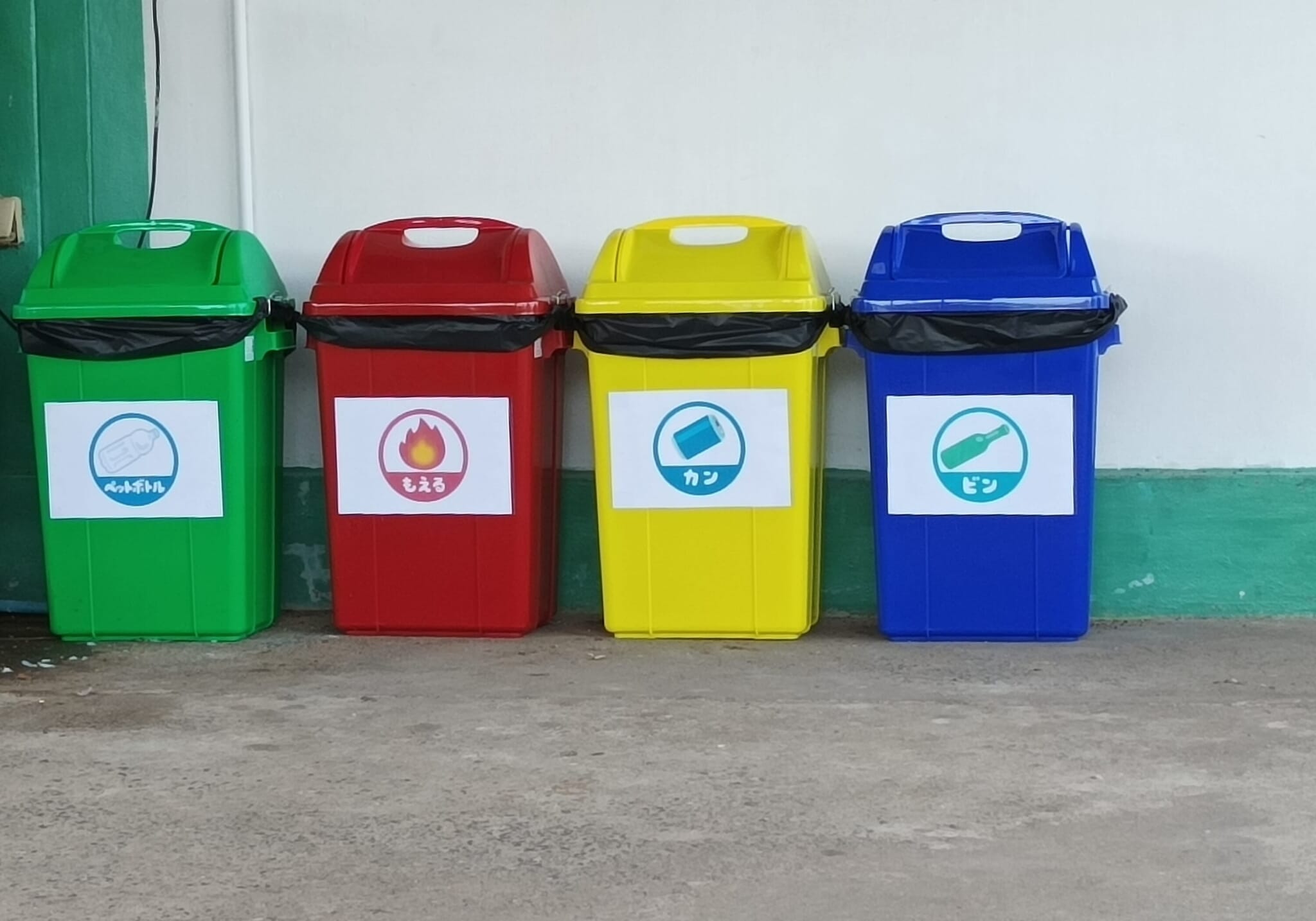
After the Recycling Bin
Since China banned overseas recycling in 2017, most plastic waste gets sent to countries such as Malaysia and Vietnam. Here the waste is often incinerated, which can release greenhouse gases into the air. Most of the recycling which stays in Japan ends up in landfill, rotting away across the country. Other trash is burned at local plants.
The ideal situation would be for the recycling to be reused and turned into new products, so as not to generate more waste. Unfortunately, this is rarely the case. Some reports state that only 10% of the recycled material in Japan is recycled in this way.
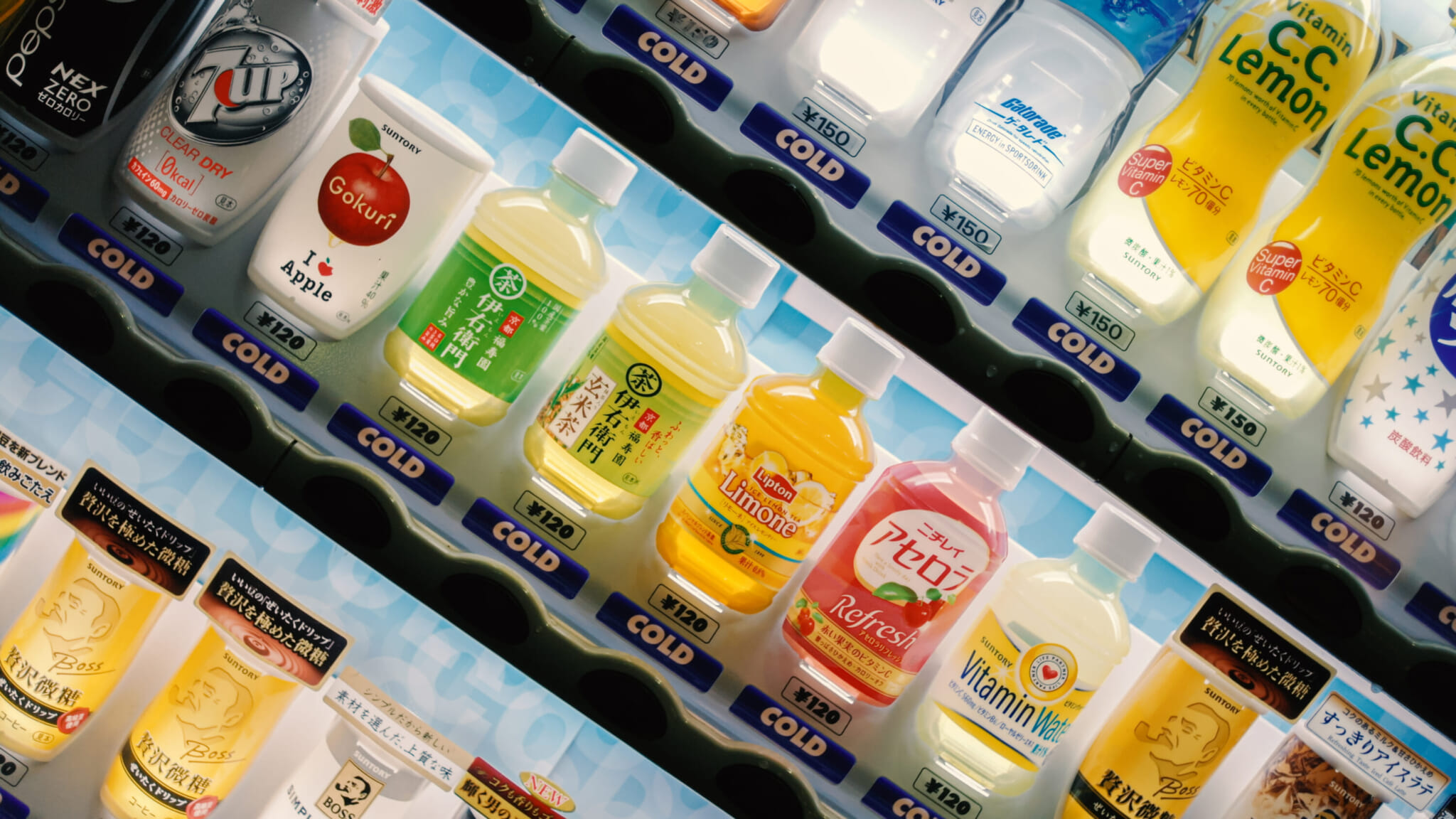
Photo by Handatko via Shutterstock.com
Consumers Consuming Plastic
We must also draw attention to the elephant in the room: Japan’s consumption of single-use plastic. While the public usually follows the rules about when and what to recycle, in general they are hungry for plastic.
Japan is one of the largest consumers of plastic per capita in the entire world, consistently ranking at number one or two. In a recent study, it was beaten to the top spot only by the US.
Plastic Upon Plastic
Fruit, for instance, is a big deal in Japan. The basketball-sized melons, bulging grapes and oversized apples often merit their own packaging. Each one needs a white plastic protective net, a tray and plastic wrap. Even oranges, small, with their own protective peel, aren’t immune to the plastic net and plastic packaging.
Similarly, buying a packet of biscuits or rice crackers in Japan often results in a mountain of plastic wrappers. As well as the main cover there is also another plastic tray inside. Then each biscuit is wrapped individually to a frustrating amount.
A recent petition by a high school student to stop excessive packaging drew many signatures but also criticism. A lot of people still want wrappers. Why? For a range of superfluous reasons, including the ironic, “When grandma comes over, I want to give her her own biscuits.” Tell that to the burning planet.
Another explanation for this may be the Glico-Morinaga case. After a (still-unidentified) crime syndicate sent letters to the two companies (as well as others) saying that cyanide-laced candy had been distributed to their stores, single wrapping with thick plastic was seen as a safer option. The incident happened in the 1980s, but old habits die hard, right?
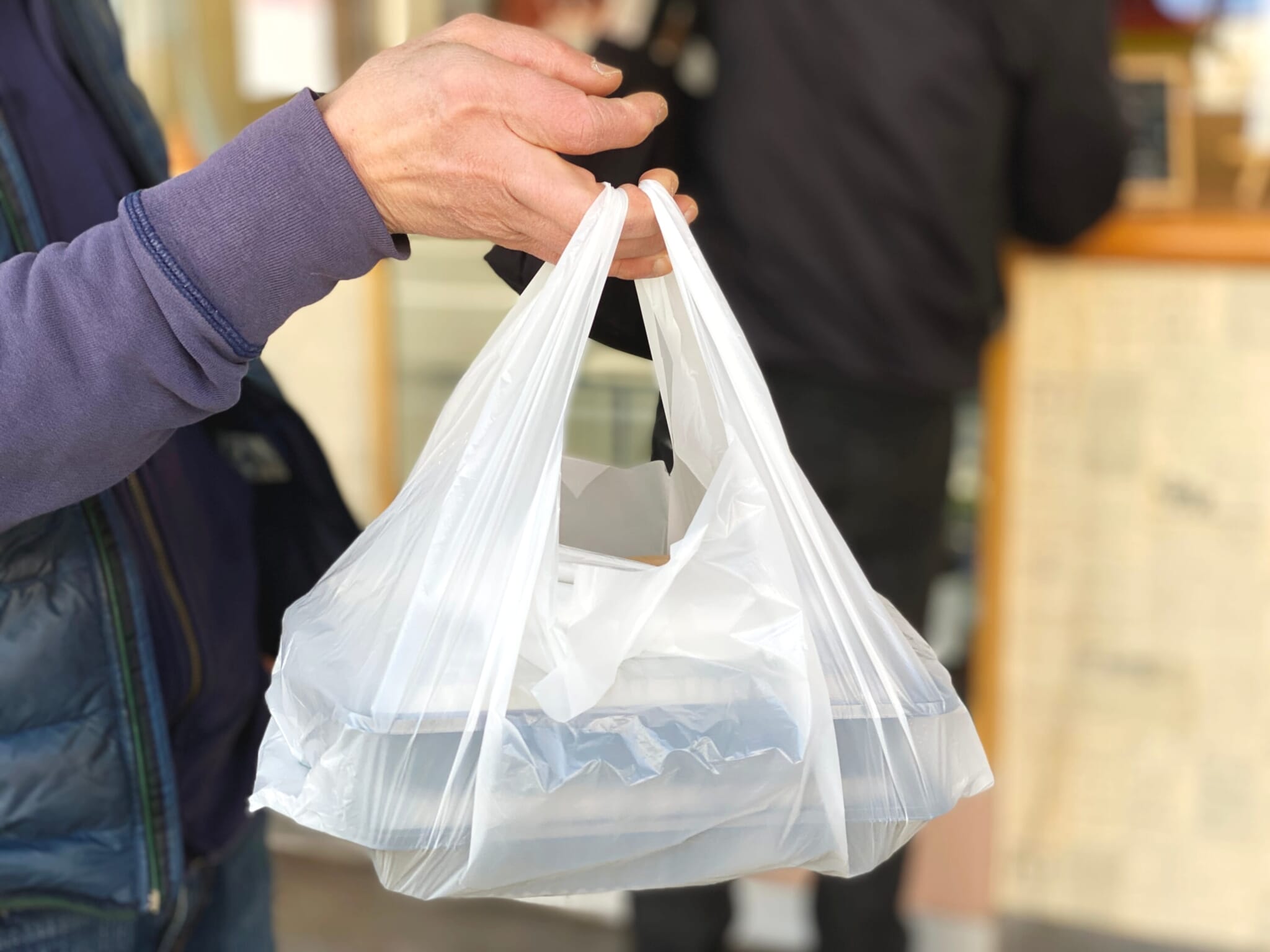
Plastic Bags and Changing Times
In 2020, when Japan finally introduced a charge for carrier bags, some felt ¥3 was a bit steep. Recently, a minister spread confusion when he suggested that charging for plastic bags does more harm than good, despite evidence on the contrary. Three years after its introduction, the issue is still up for debate.

